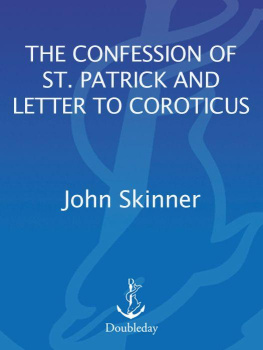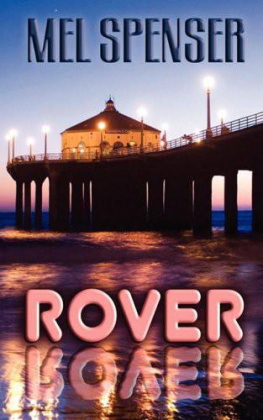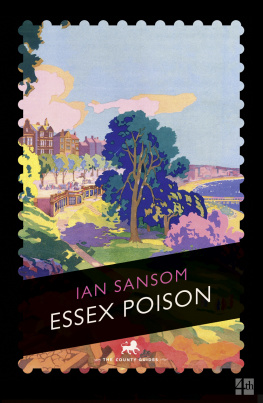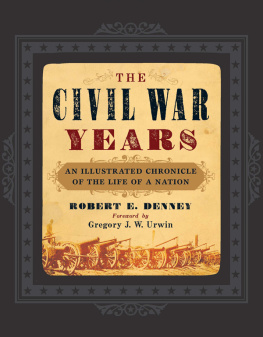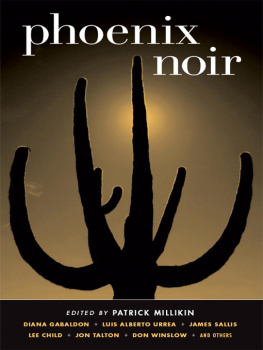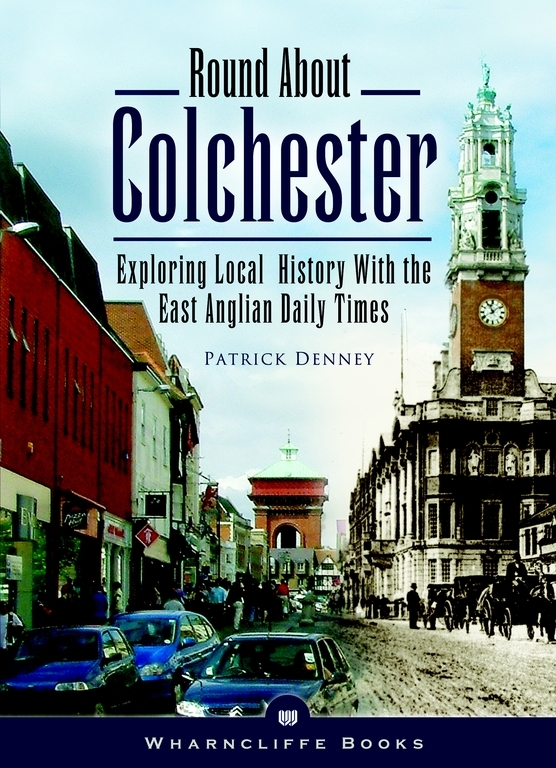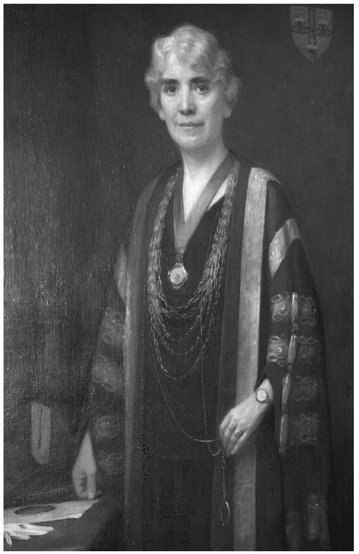Mayors Role is Filled with Echoes from the Past
In the summer of 2002, repeated speculation in the local press concerning the long term future of Colchesters mayor brought about an angry reaction from some quarters almost one of disbelief. How could a town with such a rich history as Colchester even consider such a prospect, many were saying. The truth, of course, was that the town was never really in danger of losing its mayor, and the notion was merely one of many cost-saving suggestions being considered. However, it did prompt many to ask about the current role of the towns mayor and, indeed, something of the history associated with the position.
A good place to start such an investigation is by taking a stroll through the Town Hall corridors where you will be confronted with no less than 131 portraits of former town mayors gazing down from the walls (2006). The earliest is that of Roger Nunn, who first served as mayor in 183435, and the most recent is Terry Sutton who has just completed his term of office (May 2006). However, the position of mayor is much older than this and dates from 1635, when a charter of Charles I substituted a mayor for the previously chosen bailiffs.
The way in which an individual is chosen to become mayor has varied considerably over the years. In former times it had much to do with the status of the person concerned and the political advantage of the ruling party. For example, during a forty-two year period from 18371878, when the Conservative Party held political ascendancy, each and every incoming mayor was a Conservative candidate. From the late nineteenth century, however, and particularly from the 1920s, a much fairer system has been in place which was intended to work for the benefit of the three main parties. Nowadays, an even more amicable arrangement operates based largely upon seniority but also upon a fairly strict party by party rotational system.
Roger Nunn (the earliest mayor on show in the Town Hall) was mayor in 1834-35 and 1842-43. East Anglian Daily Times (hereafter EADT)
Councillor Catherine Buchanan Alderton - the first woman mayor of Colchester, 192324. EADT
Once decided upon, the person elected first serves as deputy mayor for a year before being officially sworn in at a special mayor-making ceremony. This takes place during May each year in the Moot Hall where the swearing of the oath of office is administered by the Town Clerk. The Town Serjeant then places the chains of office on the shoulders of both the incoming mayor and their consort.
The mayors official chain of office is made of gold and comprises 506 links on six separate chains each of diminishing length. The chain was originally presented to the Mayor of Colchester in 1765 by a London merchant. Stories abound that in former times links of the chain would be systematically removed by successive mayors and placed on their watch chains as keepsakes or souvenirs of their period in office. Whether this was actually the case is not known, nor indeed can it be confirmed that all the current links on the chain are original. What is apparent, however, is that the chain is extremely delicate and has actually been known to fall apart in places whilst being worn. In fact, one former mayor of fairly recent times has even admitted to substituting the entire chain whilst performing some of his various functions with a lookalike brass lavatory chain and no-one noticed.
In addition to the chain of office, the mayor also wears a silver gilt badge which dates from 1935 and is a copy of a fifteenth century borough seal. The mayors former badge, which was struck to commemorate Queen Victorias Golden Jubilee in 1887, is now worn by the deputy mayor. The final parts of the mayors appendages are made up of a black gown, with gold trimmings, and an impressive looking gold-rimmed black hat. The gown itself is something of a departure from the traditional scarlet coloured gowns worn by many other mayors and was apparently introduced at the time of Queen Victorias funeral in 1901 and has remained ever since.
So what does the mayor actually do during his or her year-long term of office and what is the extent of their authority over political affairs? First and foremost, the mayor is the chief citizen of the town and represents the borough throughout his or her term of office. The list of official engagements which they may be expected to attend can be as many as 800900, which averages out at between two and three for each day of the year! Although a car is provided to ferry them around, it must be an exhausting experience.
A small number of these engagements are of a mandatory nature including the opening of the Oyster Fishery, the Oyster Feast, the Freemans Ceremony and the St Georges Day Parade. But by far the majority of functions and events attended are in connection with numerous local groups and charities who regard it as a privilege to have the mayor present. At most of these events the mayor will be expected to say a few words of thanks or encouragement, and so by the end of the year should have become quite adept at public speaking, even if this was not the case previously! When attending official council meetings, the mayor acts as chairman of the council, adopting a strictly neutral, non-political stance. But like any other chairmen they do have the right to cast a deciding vote should a stalemate be reached on a particular issue. Even then, they would be expected to put aside any personal interests and opt for the status quo.

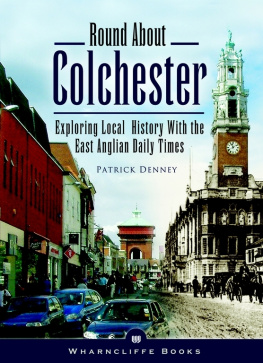
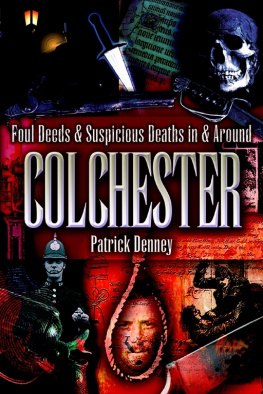


![Patrick G. Zander - Fascism through History [2 volumes]: Culture, Ideology, and Daily Life](/uploads/posts/book/262756/thumbs/patrick-g-zander-fascism-through-history-2.jpg)
